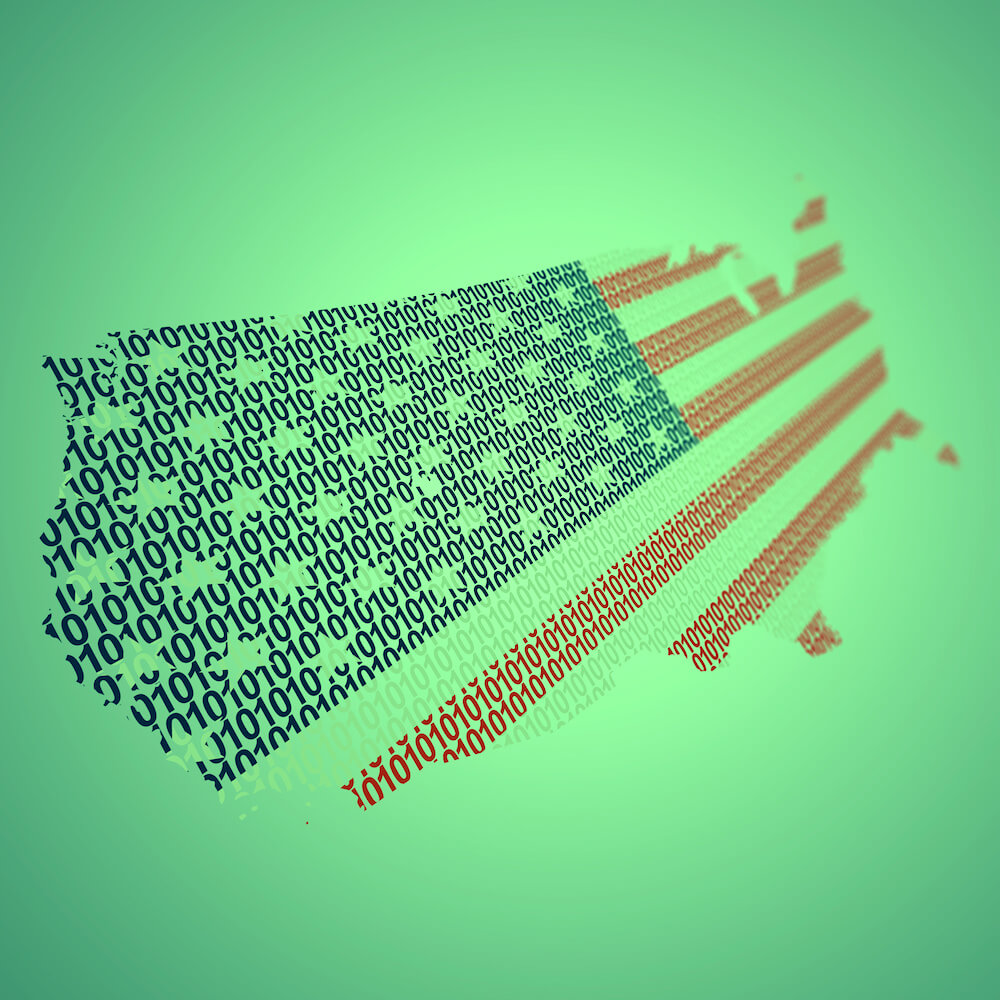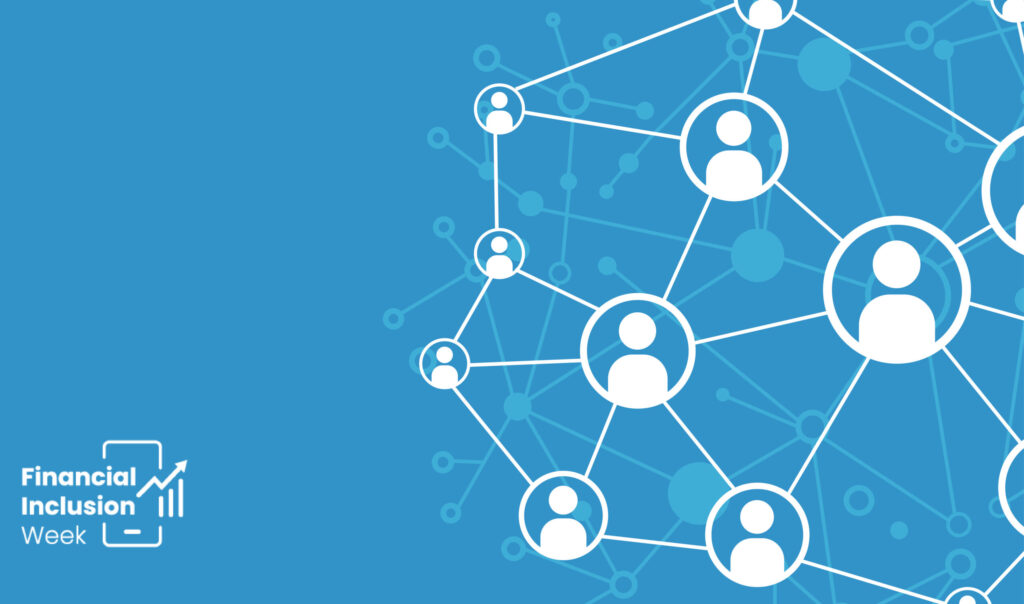
Last year was a huge milestone in my life. I got a scholarship to study at a prestigious graduate school in the U.S. I earned a promotion from a big four consulting firm in my home country. I felt like nothing could stop me.
Although I’m equipped with skills and knowledge to determine my financial future and work in the financial services field, my spouse managed our finances. We used a single credit card to make household purchases even though I participated in making payments on it. I had an excellent credit in my home country, but delayed establishing my own credit line in the U.S. because it was convenient to use a single credit card with a better APR. When my spouse and I decided to part ways, I realized that I underestimated the impact of not having a credit history in the U.S., so I had no access to affordable credit.
“We absorb a way of perceiving the world from parents and neighbors. We mimic the behavior around us. Only at the end of the process is there self-conscious oversight,” wrote David Brooks in a 2008 New York Times opinion piece. This was the case for me – and likely is for many immigrant women of different cultures – when it came to management of household economics. Contrary to the teachings of my debt-averse and underleveraged family back home, the “pursuit of happiness” in the U.S. is usually linked to one’s ability to borrow to pay for healthcare, education, a mortgage, or building a business. When the system doesn’t “trust” you, rebuilding a life isn’t easy.
So I went back to square one in this new country. It’s not hard to imagine that the impact would’ve been more dramatic if I had limited financial literacy, education or resources.
Is Trusting the “Credit Invisible” Possible? Enter Alternative Data.
The traditional credit scoring system excludes 26 million consumers with non-existent or short credit histories in the U.S. The gap will likely increase with the growing trend in the demographics of the immigrant population in the United States, so alternative data has emerged as a way to rethink the indicators of credit worthiness to expand credit to the “credit invisible.” As the world becomes more interconnected and migration flows increase, several financial technology startups are seeking innovative solutions to tap into this market. Examples of this are a credit card that doesn’t require a credit history in the U.S., and connecting international credit bureaus with domestic institutions that enable expats to apply for products and services as well as helping them build a credit score.
Alternative data mainly includes unorthodox information such as consumer-permissioned financial data, online activities and rental payments. With the evolution of analysis, management and storage of big data, extremely large information sets that can be analyzed to reveal patterns, trends, and associations – especially relating to human behavior and interactions – startups, like the examples above, have started to develop and license automated scoring methodologies based on alternative data.
The use of alternative data considerably expands the universe of information available to lenders and CRAs (credit reporting agencies), enabling them to achieve a holistic view of their current and future customers, identify and prevent fraud, and assess a customer’s repayment capacity more efficiently. But is this always good for the consumer?
The promise to increase underserved individuals’ access to credit comes at a cost. The Internet Society notes that every day, whether we mean to or not, we “contribute to a growing portrait of who we are online; a portrait that is probably more public than we assume” without knowing what kind of trail we’re leaving, and what the possible effects can be.
Recently, various consumer advocacy groups and the United States Government Accountability Office (GAO) have expressed concerns about data accuracy and privacy issues arising from the amount and sensitivity of the alternative data collected and used by financial technology companies. The lack of transparency in the models, data sources and data analytics technologies are also criticized. Credit scoring companies treat their data sources as proprietary trade secrets. If consumers are not aware of what specific information the credit scoring systems use and how it impacts their credit score, their ability to dispute unfavorable credit decisions, identify inaccuracies in the lender’s files and take remedial steps to improve their credit score is significantly limited.
How can consumers dispute credit scores if they don’t know what data is in them?
Furthermore, credit scoring models are based on class attributes and underlying assumptions built into them by the developers, which remain undisclosed, and failure to use inclusive datasets to facilitate the machine learning process may amplify and perpetuate existing social inequalities.
In order to achieve meaningful access to financial services using alternative data, industry stakeholders need more guidance and regulations on data privacy, transparency and clarification of the scope of data that may be used for credit scoring purposes. Currently, fair lending laws and regulations prohibit the use of certain information such as race, color, religion and national origin that may result in lending discrimination. However, it’s unclear to what extent these regulations capture alternative data, as discrimination may occur indirectly or even in an unintended way depending on the type of data is being used and how the scoring model works. For example, even though data initially collected from consumers doesn’t infringe upon protected classes, aggregation of data may be used as a proxy for a given protected class a consumer may fall under. This also increases the risk of vulnerable populations, such as the elderly in financial distress, being targeted for predatory marketing pitches to sell financial products with unfavorable terms.
Current Legislative and Policy Efforts on Alternative Data
Although federal agencies have taken some steps to monitor the use of alternative data and encourage well-designed compliance management programs, existing guidance remains to be limited, according to the GOA. In 2019, there have been a few legislative efforts in Congress for regulating the use of alternative data in lending. However, the programmatic focus and the scope of alternative data that may be used in credit scoring were criticized to be narrow given the variety of use cases and the types of alternative data available to credit scorers and lenders.
Recently, Rep. Josh Gottheimer of New Jersey introduced a bill titled “Accurate Access to Credit Information Act of 2019” which amends the Fair Credit Reporting Act to ensure that CRAs are providing fair and accurate information reporting in consumer reports, and for other purposes. Similar to the previous bills that sought to expand access to credit through alternative data, the proposed amendments permit the CRAs to use rent or utility payment information, subject to certain limitations. The proposed legislation emphasizes finding a better way to create a big picture view of a consumer’s creditworthiness and new consumer habits. That makes sense in 2020: millennials, for example, are prone to being credit invisible because they prefer to rent instead of owning a house, use mobile ride hailing apps rather than leasing a car, and use mobile payment apps.
This isn’t just a pressing topic in the U.S., of course. The World Bank and CGAP have published a detailed discussion paper on data protection and privacy for alternative data, identifying transparency, data privacy and discrimination risks to be addressed through policy guidance. Looking across our southern border, similar risks were spelled out by Banco de Mexico, who emphasized the potential reliance of lenders on reports obtained from alternative data providers as a substitute of credit reports. Mexico, which adopted a landmark piece of legislation regarding financial technology, requires alternative data providers to comply with data protection regulations.
In Europe, information used by credit scorers such as social media data, app usage data and location intelligence will likely be captured by the General Data Protection Regulation, which regulates data permissions and lawfulness of the use as well as requiring robust IT security and safeguards, to the extent an individual can be identified based on alternative data (including identification with reverse engineering and the combination of various datasets).
Without data integrity, alternative data may not expand access to credit.
In the United States, efforts to regulate use of alternative data promise to increase consumer protection and facilitate financial inclusion. Because people develop technology and algorithms, they may also learn and reflect biases of their makers. To minimize the risk of discrimination and unfair outcomes, more transparency is needed from the credit scorers. Furthermore, without ensuring data integrity, it’s not realistic to expect alternative data to miraculously expand access to credit. In the absence of sound and uniform regulations on data privacy and laws on the fair use of alternative data, consumer protection risks outweigh benefits.









